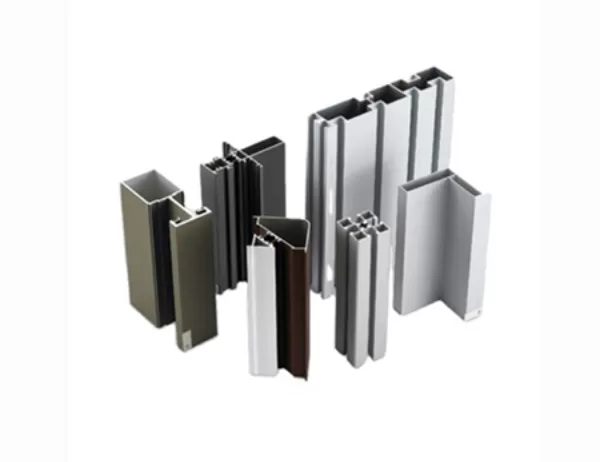Aluminum alloy tubing is a versatile material used in various industries, including aerospace, automotive, and construction. Fabricating and welding aluminum alloy tubing requires specialized techniques and knowledge to ensure strong and durable joints. This article provides a comprehensive guide on how to fabricate and weld aluminum alloy tubing.
The first step in fabricating aluminum alloy tubing is selecting the appropriate alloy and preparing the tubing for fabrication. Common aluminum alloys used for tubing include 6061, 6063, and 7075. The choice of alloy depends on the specific application requirements, such as strength, corrosion resistance, and formability. Once the alloy is selected, the tubing must be cut to length and cleaned to remove any surface contaminants.
Bending and forming aluminum alloy tubing require specialized bending machines or manual bending tools. Proper tooling and techniques are essential to avoid kinking or collapsing the tubing. Different bending techniques include roll bending, draw bending, and press brake forming. The choice of bending method depends on the radius of the bend and the complexity of the shape.
Cutting aluminum alloy tubing can be done using various methods, including saws, tube cutters, and water jet cutting. The choice of cutting method depends on the thickness and material of the tubing. Joining aluminum alloy tubing can be achieved through welding, brazing, or mechanical fasteners. Welding is the preferred method for creating strong and durable joints.
Welding aluminum alloy tubing requires specialized welding techniques, such as TIG (tungsten inert gas) welding and MIG (metal inert gas) welding. TIG welding provides precise and controlled welds, while MIG welding is faster and more efficient for larger-scale fabrication. Both methods require the use of appropriate shielding gases to protect the weld pool from contamination.
After welding, aluminum alloy tubing often undergoes post-weld treatment to improve the strength and durability of the joints. Heat treatment processes, such as annealing and tempering, can enhance the mechanical properties of the welded area. Additionally, corrosion protection measures, such as anodizing or painting, can be applied to the tubing to extend its lifespan.
тщательная inspection and testing are essential to ensure the quality and reliability of fabricated and welded aluminum alloy tubing. Visual inspection can reveal any surface defects or improper joints. Nondestructive testing methods, such as ultrasonic testing or dye penetrant testing, can detect hidden defects and ensure the integrity of the welded joints.
Fabricating and welding aluminum alloy tubing requires precision, specialized techniques, and adherence to proper procedures. This comprehensive guide provides a foundation for understanding the essential aspects of the process, from material selection and preparation to post-weld treatment and inspection. By following these guidelines and industry standards, manufacturers can produce high-quality aluminum alloy tubing components that meet the demands of various industries.




